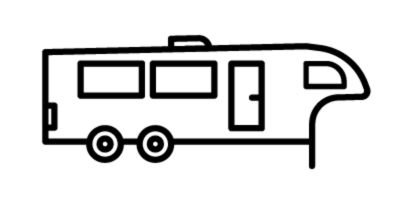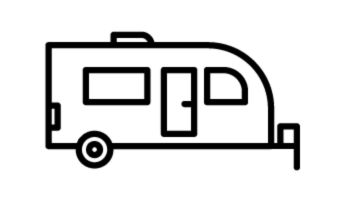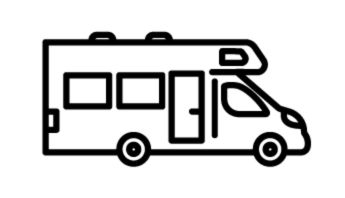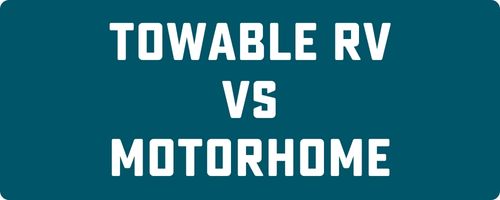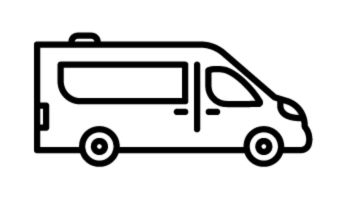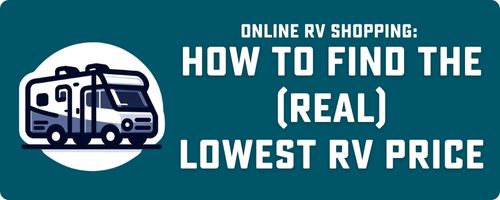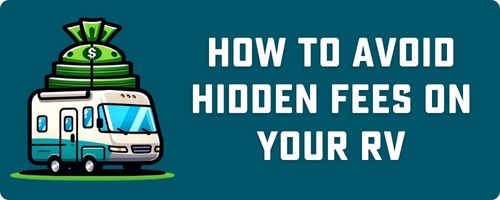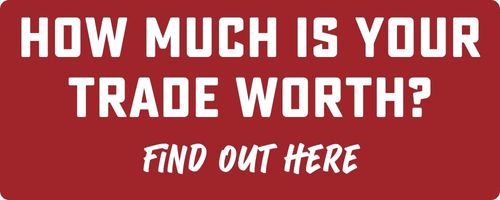(Updated January 2025)
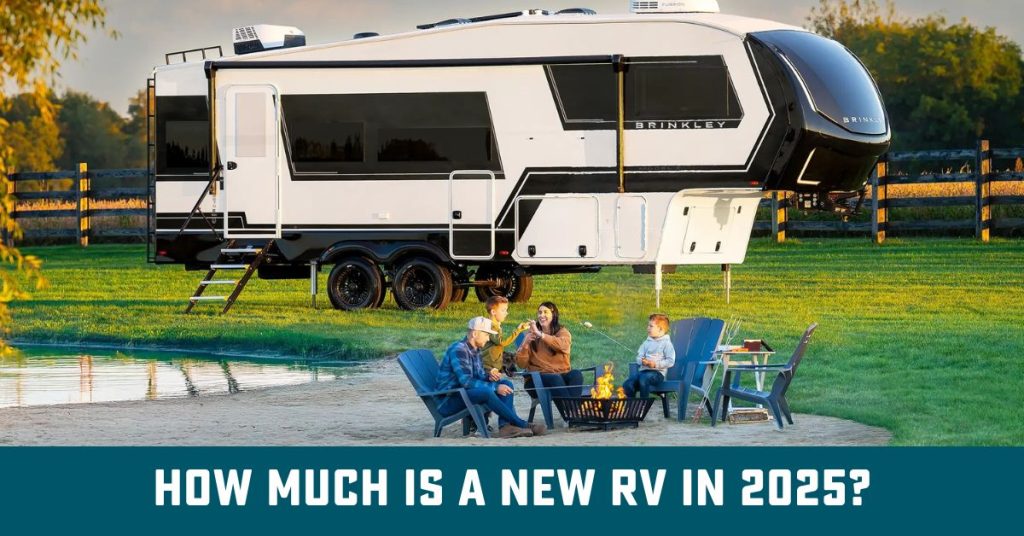
If you’re looking to buy an RV this year, whether you’re a first timer or have owned one before, you’re likely wondering “What does an RV cost in 2025?”
You’re probably tired of hearing the dreaded words “it depends.” Is there anything worse? We know when you’re making a purchase this big, you need to know what it’s really going to cost.
We have some bad news and good news. The bad news is the price of a new RV in 2024 depends. (We know, we know, we’re sorry!) The good news is, there are new RVs in many different price ranges and we’re here to use our decades of RV industry experience to explain the possible price of your RV and the different factors that could raise or lower the price, so you can have a clear idea of what it will cost to buy your dream RV.
Table of Contents
- Price of a New RV in 2025
- Are RV Prices Down in 2025?
- Why Motorhomes Cost More than Campers
- RVs From Some Manufacturers are More Expensive – Here’s Why
- Where and When to Buy an RV for the Best Price
- How a Trade-in Can Lower the Price of an RV
- How Do RV Financing and Interest Rates Work?
- Perks of Buying from Bish’s RV
Price of a New RV in 2025
New RV cost: $14,000 – $750,000.
New towable RV cost: $14,000 – $150,000.
New motorhome cost: $80,000 – $750,000+
Here are the average price ranges of different RV types. Within each RV type, or class, you’ll find entry, mid and luxury price points.
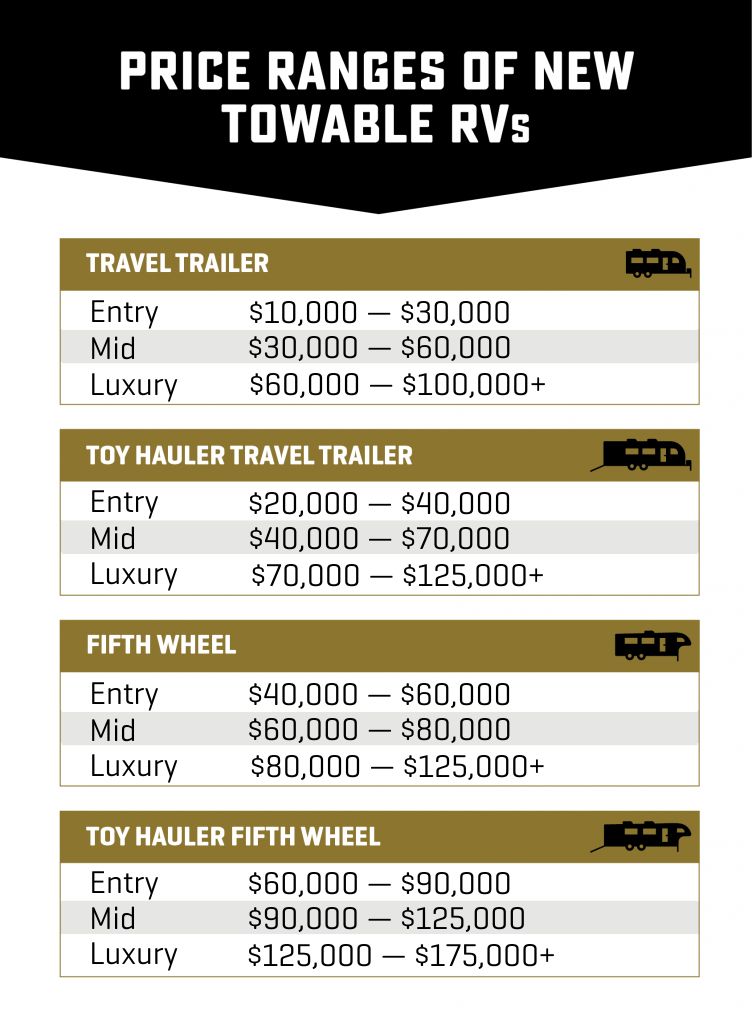
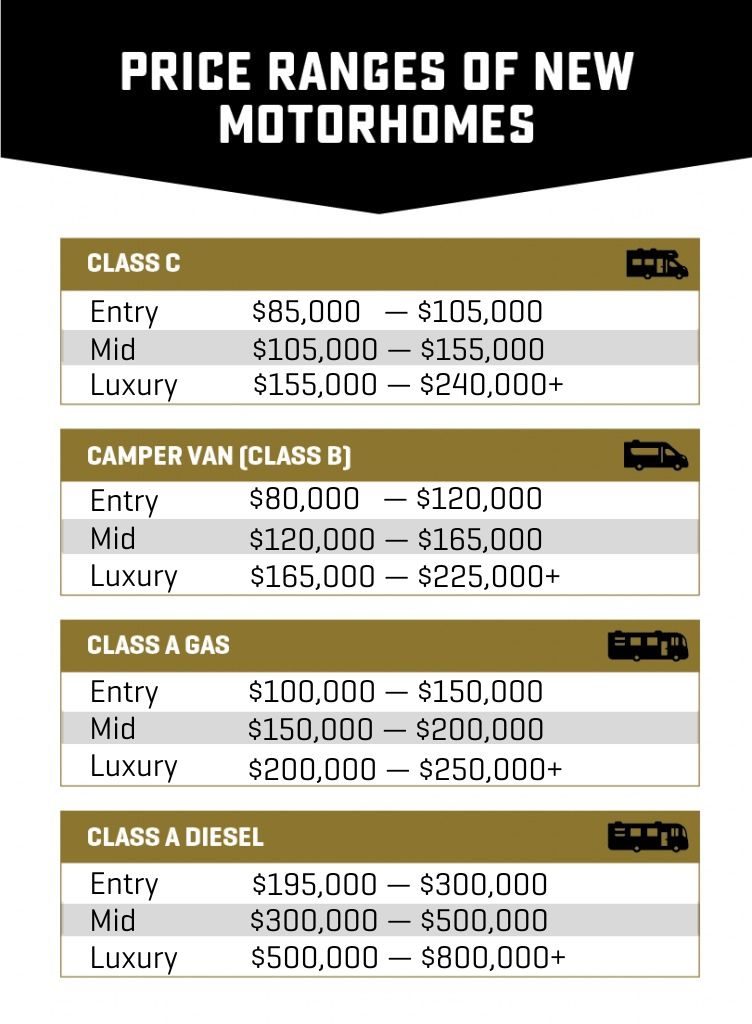
The price range is big, we know! But there is also a huge range of differences between the tiers and classes.
The price of your RV will be impacted by the type of RV you choose. From there, the RV’s square footage, included equipment and features, floor plan style, finish quality, appliances, and the types of building materials will affect how much you’ll pay.
There are different types of construction at different price points. Is the RV built with wood and aluminum or steel and fiberglass? The answer will change the price of your RV.
Different floor plan sizes also have an affect. More space = more construction materials and a higher price.
More features, like slideouts or solar package upgrades? They’ll also cost you.
Learn more about the specific costs of different RVs here:
Will an RV Cost Less in 2025?
Increased demand for RVs during the pandemic made RVs harder to find which caused prices to spike. There were also material shortages that made the cost to build an RV skyrocket.
With all this pandemic chaos, RV prices rose for 3 years.
But, good news! Prices for most RVs are back down. Some types of RVs are even close to what they cost before 2020.
If you buy in early 2025 you may even have a chance to get an extra good deal. Most dealers still have leftover new 2024 RVs on their lots. These RVs are expensive to hold, so dealers will likely give you a good price or even take a loss to sell it.
New 2024 and 2025 models are mostly the same with slight detail changes (in most cases). Some 2024 year models even have more features.
- Is now a good time for you to buy an RV? Learn more so you can make the best decision for you.
Why are Motorized RVs (Motorhomes) More Expensive?
A motorized RV (class A, C or B) is more expensive than a towable RV (travel trailer, 5th wheel, truck camper) even if it is about the same size and has similar features.
An entry level Class A motorhome is around 150% more expensive than an entry level 5th Wheel.
While the features in one towable RV may seem similar to what you see in another motorized RV, the price difference is in what you don’t see right away.
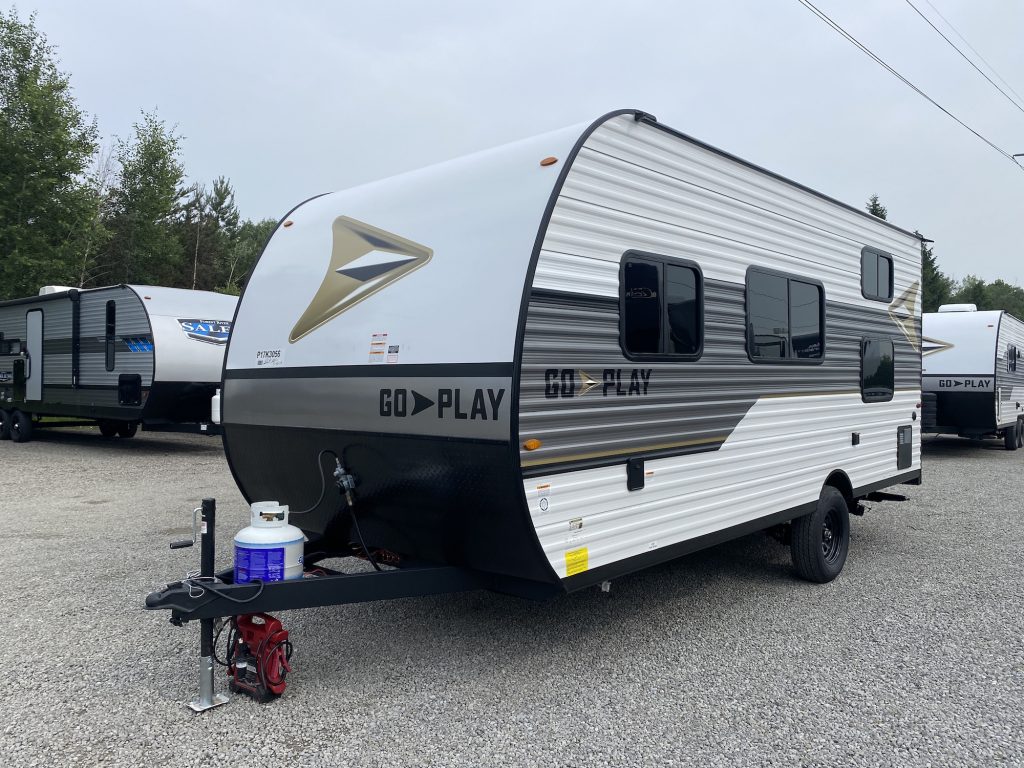
Towable RVs are built to hitch to a truck or SUV then towed to your campsite. You’re going to need a vehicle with high enough towing capacity to use your camper.
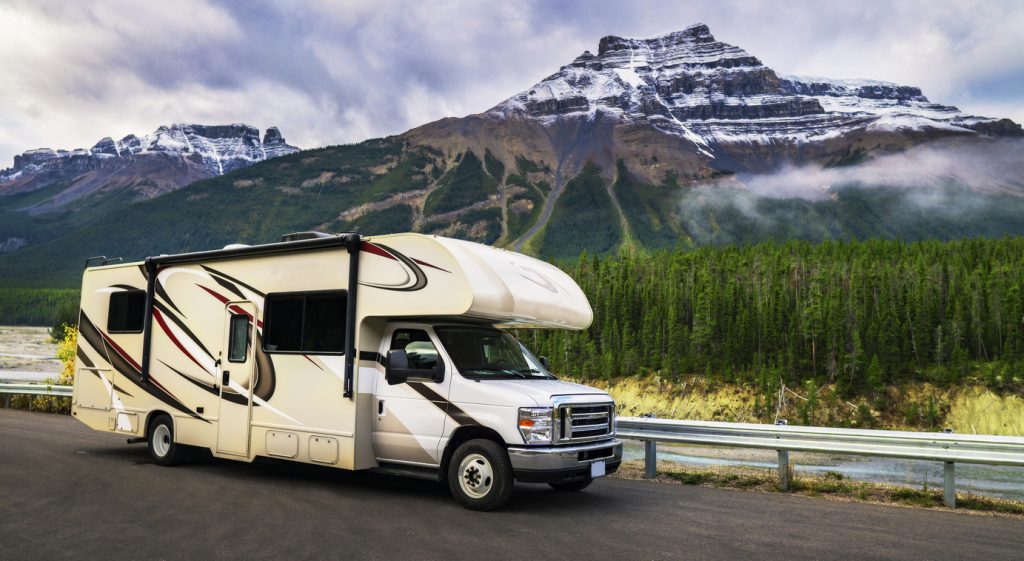
A motorhome has its own engine, built-in transmission and suspension systems, and on-board generator. All of these factors add to the overall cost of the RV.
So, you see, motorhomes are more expensive because it just plain costs more to buy the car and camper all in one.
Check out this RV Shopping Guide for more helpful info choosing an RV:
Why Do RVs From Some Manufacturers Cost More or Less?
Different manufacturers have different quality control systems and do different types of inspections on their RVs.
All these factors add up and can make one RV manufacturer more expensive than another.
It’s good to know how the manufacturer of your RV makes sure your RV is road ready. This way you can decide how important these different steps are to you and if you want to pay for them.
Pre-Delivery Inspection Costs
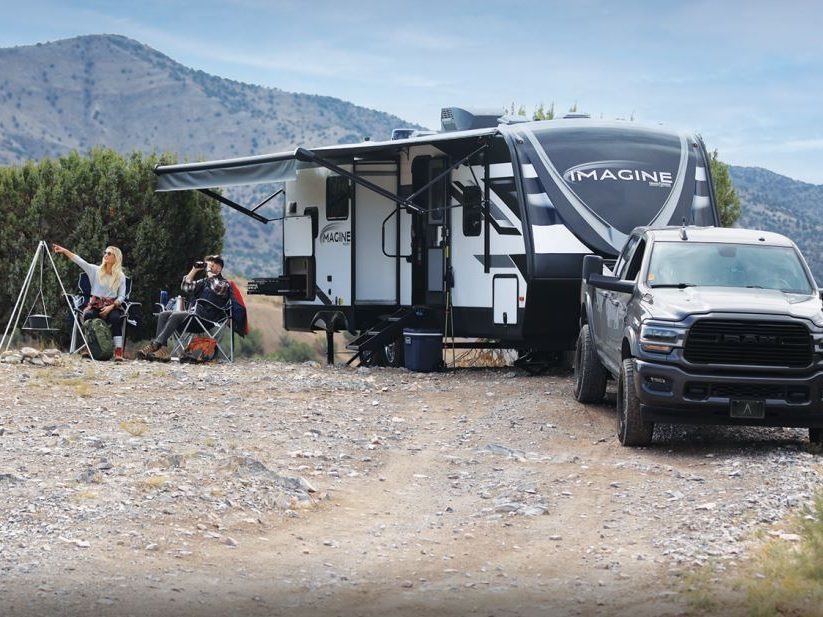
Grand Design RV is one manufacturer who does inspections throughout the manufacturing process and then another inspection when the RV is completed.
Most RV manufacturers ship their RVs to a dealer at this point. Grand Design sends the camper for a pre-delivery inspection (known as PDI). Here the RV goes through a 300+ point checklist to ensure quality before it’s sent to the dealer.
Jayco also opened a facility in 2022 to do PDI for all its new units.
PDI facilities and inspections add expense, time, and labor costs to the manufacturing process, They can also cause an RV to be more expensive upfront, but they don’t always, more on this below.
Paying more upfront, in this case, may mean you pay less long-term in service and time the RV is out of commission.
You’ll have to decide which process are important to you and what risks you’re willing to take when you choose your RV.
- Learn more about Grand Design RV Quality
More Expensive Doesn’t Always Mean a Better Quality RV
Bulk Building Can Cost Less
Buyer Be Aware: Sometimes a pricier RV is the best quality, but price doesn’t always give the full story.
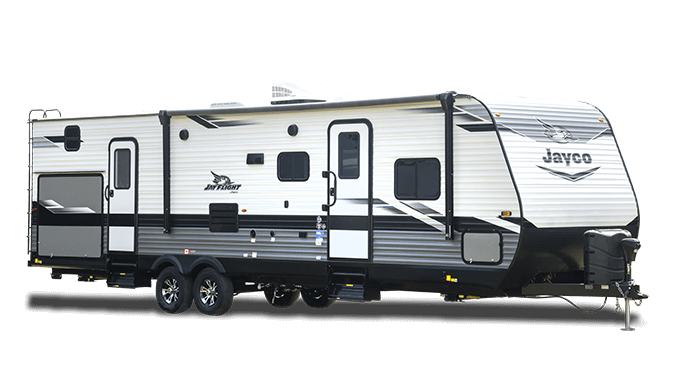
Jayco Jay Flight travel trailers are considered top-quality RVs, but not the highest priced, as an example.
Here’s why: Jay Flight is a top-selling travel trailer. Jayco builds and sells so many that they can get volume discounts from their vendors on building materials.
These discounts are one of the ways Jayco makes building a Jay Flight less expensive without sacrificing build quality.
Asking about the “top selling” RVs for the class/tier you’re interested in can help you find a good deal on a quality trailer. See the top RVs in these categories:
Cost & Quality Benefits of RV Factory Automation



Some RV manufacturers use automation at their factories to improve efficiency and quality control.
Automation drives the manufacturing price down, which lowers your RV price—even as RV quality improves.
Grand Design and Winnebago are leaders in factory automation.
Thor Industries is also investing in this, with full scale plans to build the first automated laminated side-wall factory. Watch for better quality and lower prices from them!
Why are RVs from Different Manufacturers Listed Different Online?
Manufacturers have different rules about the prices dealers can display for RVs online.
Grand Design and Winnebago RVs must be advertised online for MSRP (manufacturer suggested retail price). Alliance, Jayco, and Keystone RVs have a set MAP (minimum advertised price). Cherokee, Greywolf, Salem and Wildwood units have no pricing restrictions on dealers.
Dealers may have RVs that list the price as “too low to show” or “inquire for price.” This seems like a sales gimmick, but it usually means the manufacturer doesn’t let dealers list a price below MSRP or MAP.
Dealers would actually love to tell you the price, so don’t be afraid to click the button or reach out to the dealer for a better deal.
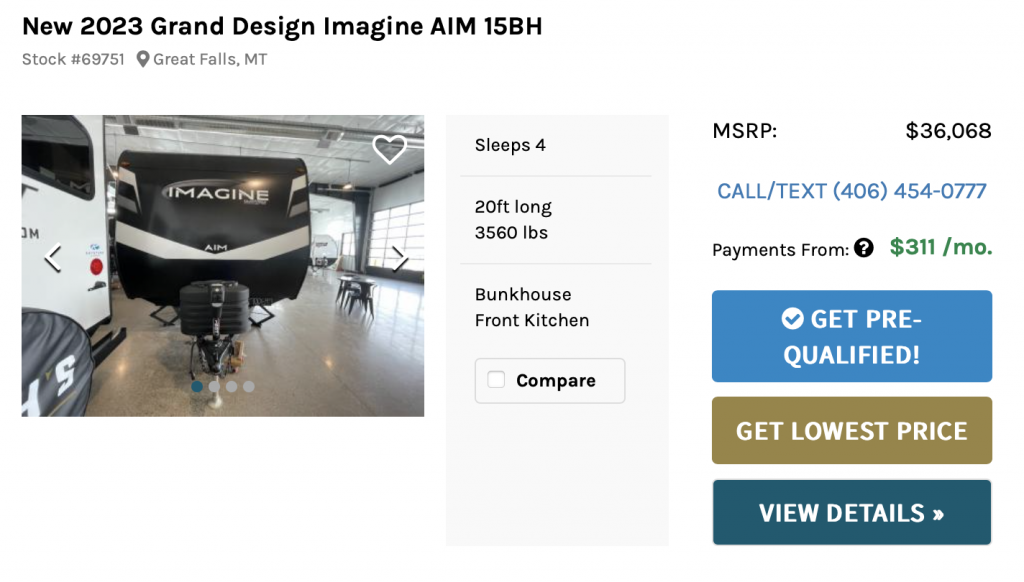
Learn more about how online RV prices work and how to avoid hidden dealer fees:
Where and When You Buy an RV Affects its Price
Why Do Different RV Dealers Have Such Different Prices on the Exact Same RV?
Dealerships use 2 main strategies to sell RVs: Volume and Boutique
The type of dealer you choose will impact the price tag of the RV you buy. Knowing the pros and cons of different types of dealers can help you make the right decision for you when you purchase an RV.
What is a High-Volume RV Dealer?
Volume dealers buy a lot of RVs at a bulk discount. This makes it possible for the dealer to sell their RVs to your for less.
Pros of a Volume Dealer:
- Buying RV inventory in bulk = lower prices.
- Volume dealers can take some of the margin off their RVs and push prices even lower. This is because they sell so many RVs they can spread the price out across each RV they sell and still cover their operating costs.
Cons of a Volume Dealer:
- RVs need regular maintenance and service. Volume dealers often struggle to meet customer service needs quickly since they have so many customers.
Many volume dealers are, fortunately, working to improve their service centers. Ask the dealership you’re working with how their service department works to find out if it’s a good fit for you.
Bish’s is working to be a different kind of volume RV dealer, with more of the pros and less of the cons.
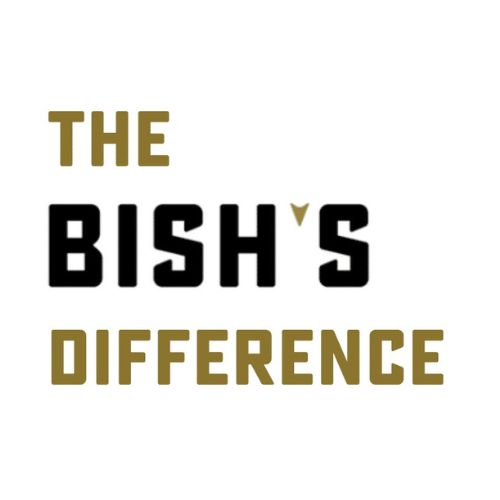
- No hidden or surprise fees – ever
- 72-hour RV return guarantee
- Free RVFix service access
- Free winterizations and annual inspections
Read more about the difference of buying from Bish’s RV to decide for yourself if we’re a good fit for your next RV purchase.
What is a Boutique RV Dealer?
These dealers buy fewer RVs from the manufacturers, generally at a higher price. They may need to charge a higher margin to support their operating expenses.
Pros of a Boutique RV Dealer:
- Stronger buyer/dealer relationships: Boutique dealers may provide more personalized service after the sale. This isn’t always the case if the dealership doesn’t have enough staff to meet demand, especially in their service departments.
Cons of a Boutique RV Dealer:
- Higher prices
- Fewer floor plans to choose from with fewer RVs on the lot
Check out the full Where to Buy an RV Guide to find the best type of dealer for you.
Why Do RVs Cost More on the West Coast?
Where you buy your RV can also affect the price. This is especially true for towable RVs, like travel trailers and 5th wheels.
Transportation and Shipping Costs
Shipping costs can be a big factor in an RVs price. Transporting a 10,000-40,000 pound vehicle can cost thousands of dollars. This cost reflects in your RV’s price tag. This is especially true for towable RVs.
Most American RVs are manufactured in the Midwest. It will cost less to deliver an RV somewhere closer to the manufacturer.
A camper in California may cost $4,000 – $6,000 more for shipping than one in Michigan, of example.
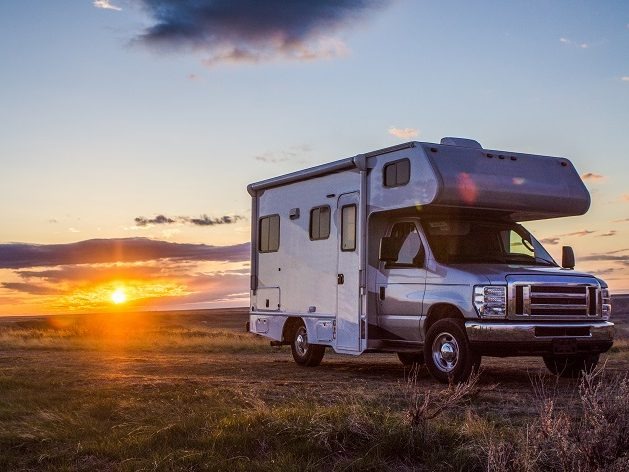
Oil prices and transportation costs also affect the price, so expect the price of your RV to go up if these costs are climbing.
Less Expensive RVs in the Western United States
Jayco, Keystone, Dutchmen, Heartland and Forest River have some manufacturing facilities in the west.
These facilities have made shipping a finished RV to western locations cost less. These RVs may still cost more than they would closer to the Midwest, because the materials used to build the RV have to be shipped from the Midwest.
Buying an RV built on the west coast is still usually less expensive than shipping a comparable eastern built RV.
Pro-tip: To save on shipping, towable buyers from the West Coast often find the RV they love at a dealer closer to the manufacturers for a lower price, make the trip out to the RV, and drive the RV back home themselves.
Don’t have the time to make the trip? Try these western built RVs to save on shipping costs.
The Best Time of Year to Get a Deal on a New RV
Manufacturers Cut RV Prices in the Fall
Waiting to buy your RV in the fall may be wise if you are looking for a deal and don’t mind missing the summer camping season.
Manufacturers often give dealerships discounts in the fall so the dealers can order more and increase demand for their RVs.
Doing this allows manufacturers to keep their manufacturing plants operating in the slower part of the camping season.
When dealerships get these discounts they are able to pass the savings to you.
Manufacturers will also build units with more options without charging the dealer for these options in the fall. This could make it possible for you to find an RV with more features for the price of a lower tier unit.
Dealers Clearance Older Models
Dealers will also regularly discount RVs, even to a loss, in the fall or winter. This makes space for the next year’s new models. The trim may be different year to year, but overall one year’s model may be almost identical to the next. This can make fall a fantastic time to grab a discount on a brand-new RV.
As you can see, buying in the fall or winter is a win all around and can really make a difference in what you’ll pay for a brand-new RV. Learn here all about the differences between last year’s model and this year‘s.

Benefits of Buying an RV in the Spring or Summer?
You may wonder, why would anyone buy an RV in the spring or summer? The true story here is there is no one perfect time to buy an RV.
Many RVers choose to buy in the warmer months because there is more inventory and more floor plans to choose from. Waiting for fall discounts could mean a better price, but an RV you don’t love as much.
We recommend shopping around throughout the year to decide which option is best for you.
Want to learn more? Read up on The Best Times of Year to Buy an RV.
Is an RV Show a Good Time to Buy an RV?
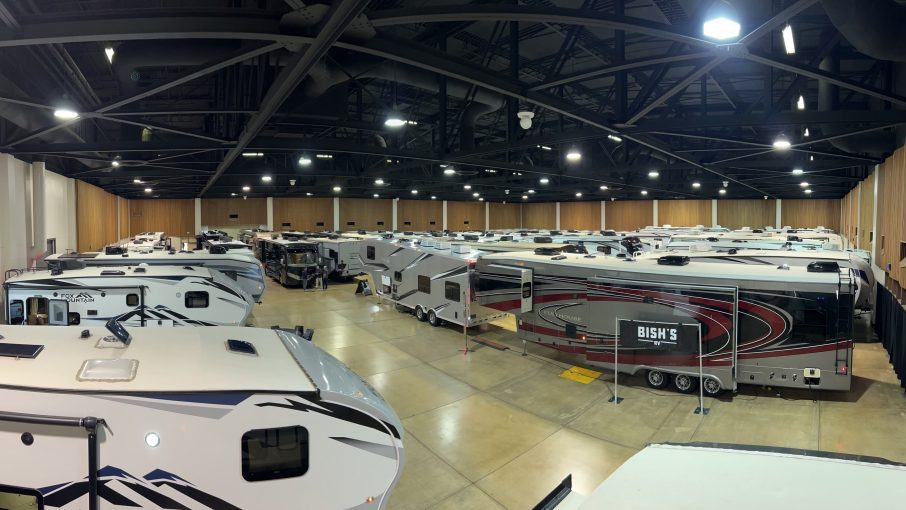
Why your RV may cost less at an RV show:
- Shows are usually during the off-season. At this time RV dealers have less traffic in their stores. A show gives them the chance to get more traffic and sell RVs.
A dealer may choose to sell the RV for less at a show if it means selling more inventory. It’s important for dealers at a show to sell enough RVs to cover their costs of participating in the show.
- Dealers are very competitive at shows. They are forced to compete in this environment, so even the more “boutique” dealers will drop prices to sell more RVs.
- Shows have manufacturer representatives onsite. These reps may get involved to help make a deal happen. Manufacturer are sometimes even willing to lose some of their margin on the sale to give the dealer a one-time rebate or incentive to close a sale at a show.
Show Tip: Manufacturer reps can provide really specific knowledge on their RVs. This can make a show a good time to learn about RVs you’re interested in.
Why an RV May Cost More at an RV Show:
- It’s expensive for dealers to participate in RV shows. They will spend a lot on advertising, transporting units, renting the space, and paying to participate in the show. This may cause some dealers to increase the price of their show RVs to cover costs.
Tip: Try visiting or reaching out to a dealership before a show. Ask them about the RVs they’ll be showing – they may be able to offer you below-show prices if they won’t need to transport and use space for that RV at a show.
- One dealer usually represents the brand you’re seeing at the show. Only one Jayco dealer will be showing Jayco RVs, for example. This means you can only compare prices, features, etc of one Jayco product to another brand, not between dealers and prices.
Tip: if you find that Jayco has the RV or floor plan you like, look online to compare the cost of that Jayco at different dealers (but beware of hidden fees when you see online prices!).
If you find something out there for less, use it to negotiate, since Jayco (or another manufacturer) is likely to get involved and make the deal happen.
Learn more about RV Show Prices and Tips to Get a Better-Than-Show Price
A Trade-in Lowers the Price of Your RV
Do you have an RV you want to trade in toward your new RV? You may consider trading in your previous RV to lower the cost of your new camper.
You may make less than you would selling your RV yourself when you trade in, but you will also get rid of the hassle of listing, showing, and marketing it yourself.
Depending on your state, you may also be able to reduce the amount of sales tax you’re required to pay, since some states only require you to pay taxes on the final price after trade in value is added in.
FYI: Many RV dealers and some states will also consider non-RV vehicles for trade in toward your new purchase. As long as it doesn’t eat or poop, ask if you can trade it in!
Looking for more options? Learn the differences between trading, selling, and consigning your RV, so you can decide which method has the best value for you.
How RV Financing and Interest Rates Work
Buying a new RV is expensive, but for the right person, it’s also a passport to enjoy nature and the world in a more comfortable, but still up close and personal way.
70-75% of RV buyers finance their RV with a recreational loan.
The interest rate on your loan will affect the overall price of your RV. Interest rates for RV loans have been around 5% historically. We expect rates around 6.5%+ in 2023, due to federal interest rate increases.
Learn what you can do to get the best rates on your RV loan.
Is it Cheaper to Get a Loan From a Bank or Through Your RV Dealership?
You can arrange financing for your new RV through the dealership where you buy your RV. Or you can get your own loan through a bank.
Most RV buyers choose to finance their RV purchase through their dealer. A dealer usually has an extensive network of lenders, local banks, and credit unions where they can price shop for you.
RV dealers arrange hundreds of millions of dollars in recreational loans each year. Banks and local credit unions will usually work directly with the dealer to offer, in many cases, rates less than what they would give a customer walking into their bank.
Because of this, customers can often take advantage of the more competitive rates directly through the dealership.
This may not always be the case. So don’t hesitate to call around and ask your bank and different dealers what kind of terms are available to make sure you get your best option.
What Matters Besides Interest Rate on a Recreational Loan?
Be careful not to get trapped into only looking at the interest rate when you’re considering the loan for your RV.
While the interest rate is important, it is not the only thing that will impact your overall payment or ability to finance the RV you choose.
Many credit unions and banks will have different available terms for length of the loan, different requirements for initial down payment, or for overall amount they are willing to finance.
Interest of an RV loan can even be tax deductible (consult with your finance advisor), ultimately lowering your price.
You can apply here to see what financing options would be available for you through Bish’s RV. Or, check out our payment calculator to see what your potential monthly payment would be with different price/financing options.
We recommend putting money down when you buy. Learn 7 more tips Josh the RV Nerd has for 1st time RV buyers.
Is Buying From Bish’s RV Right for You?
How Bish’s Does Business
Bish’s goal is to blend the customer service values of a traditional boutique dealer with the cost benefits of a volume dealer so you can get the best benefits of both types of dealers.
While it is challenging, it’s a mountain we’re climbing and learning along the way. We’re not perfect, but we are striving to make sure you have an excellent experience buying and owning your RV. Here’s what you can expect from us:
- Our low-pressure sales process and RV Outfitters are meant to help you find the very best RV for you and your budget.
- We never have hidden or surprise fees in our prices, so whatever we quote you during the sales process will include everything up front, eliminating any unpleasant surprises when it comes time to sign for your RV.
- If you aren’t happy with your RV purchase, we will refund or exchange your RV within 72 hours of the sale for any reason.
- Free yearly winterizations and inspections
- Wayfinder RVs: Have you heard about Go Play, the new high-value, low-price travel trailer line from Wayfinder? New Go Play RVs are sold exclusively at Bish’s.
After-Sale Perks
Buying an RV is a big and expensive commitment. One thing you can do to get a little (or a lot) more value for your dollars is look for dealers who offer special benefits for customers who buy campers from their stores.
RVFix is cutting RV service times way down and keeping your RV out of Service Jail. Learn more about RVFix to see if it’s a feature you’ll want for your RV.
We also include free membership to our Diamond Club to everyone who buys an RV from Bish’s. You’ll remain a free member as long as you own the RV you purchased from us.
Diamond Club membership Includes:
- Emergency roadside and towing services
- Access to our live concierge assistants who can help locate nearby RV parks, fuel locations, repair shops, national parks, etc.
- One year of technical assistance from our 24/7 technician hotline to help troubleshoot issues such as problems with slide-outs, leveling jacks, and power functions.
To keep your RV working well and to retain maximum resale or trade value, our Diamond Club also includes:
- Free annual inspection
- Free winterization
- 10% off any parts and accessories from Bish’s and 15% off installation of those parts
- 30% off labor on all service repairs with Bish’s
- Trade-in voucher for added value should you later choose to trade-in for another RV with Bish’s.
Shop For Your RV
Like we said, there just isn’t one easy answer to what a new RV is going to cost in 2023. Hopefully this has provided you with a better understanding of RV price ranges, the factors that can go into those ranges, and given you the confidence you need to understand RV prices as you move toward purchasing your new RV.
Bish’s has locations throughout the United States where we would love the opportunity to help you find your camper. You can browse our inventory here:
Sometimes the best way to check out an RV is to go see it for yourself! Feel free to reach out to one of our RV experts who can help you find your RV or answer any of your RV questions:
Still curious? Learn more about what it costs to own an RV. Or subscribe to our newsletter for more insider RV information.
Becki Johnson
Bish’s RV Content Editor & Writer
20 years in the RV industry and a lifetime around RVs have convinced me that nature is a lot better with a comfortable bed and working bathroom.
I love to use what I’ve learned to help RVers find the best RV for the best possible price.
